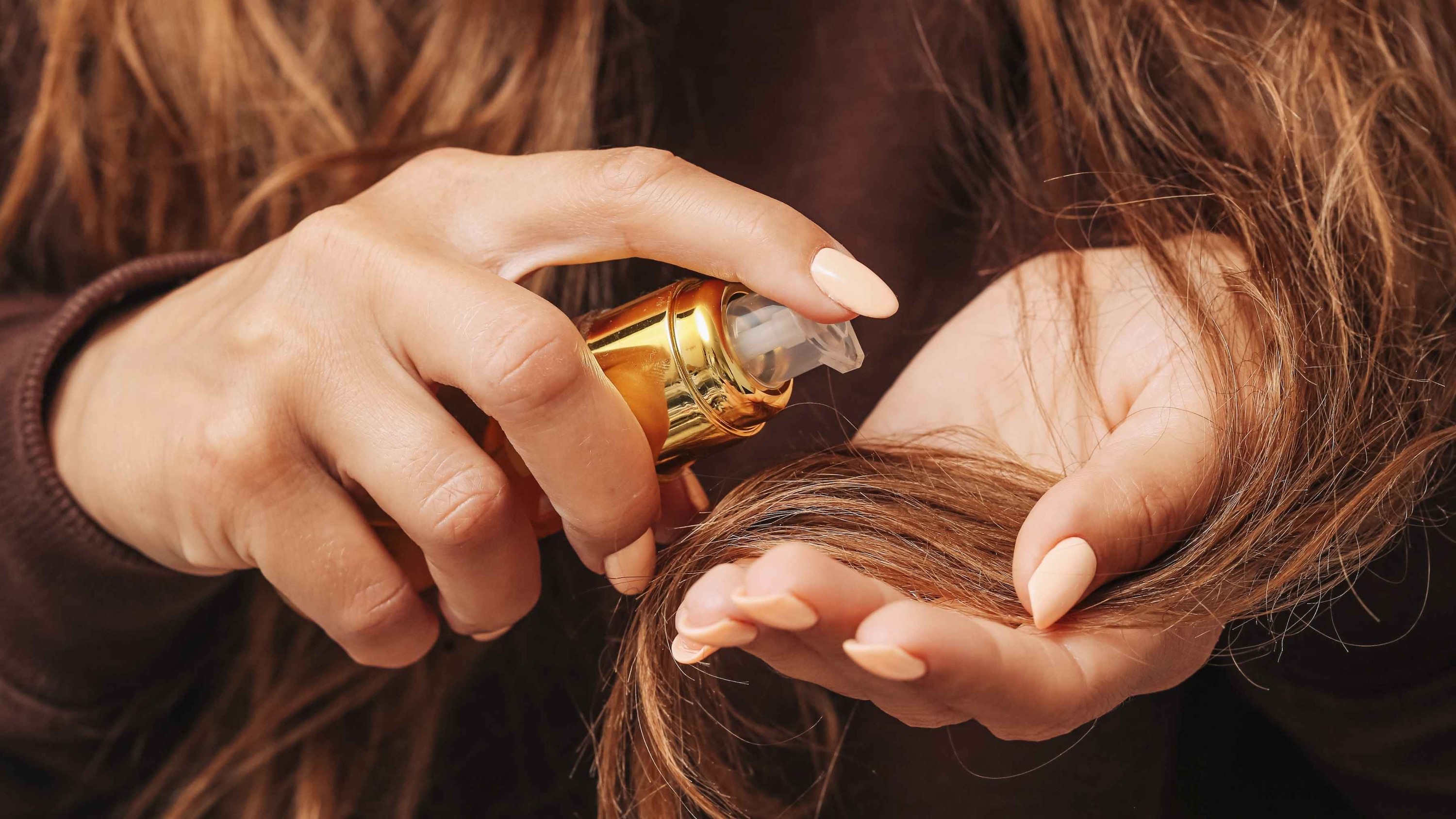If your hair feels like it just won't drink up conditioner no matter how much you apply, you might be dealing with low porosity hair. This hair type has tightly packed cuticles that resist moisture, making it harder for hydration and oils to penetrate the strands. The result? Hair that can feel dry, dull, or product-heavy, even when you're doing everything right. The good news? With the right oils, low porosity hair can become soft, shiny, and manageable. Oils don't just add gloss; they help seal in moisture, reduce frizz, and protect your strands from damage. From lightweight grapeseed oil to deeply nourishing castor oil, knowing which oils work best for your hair type is the secret to transforming your tresses.
01What Is Low Porosity Hair?
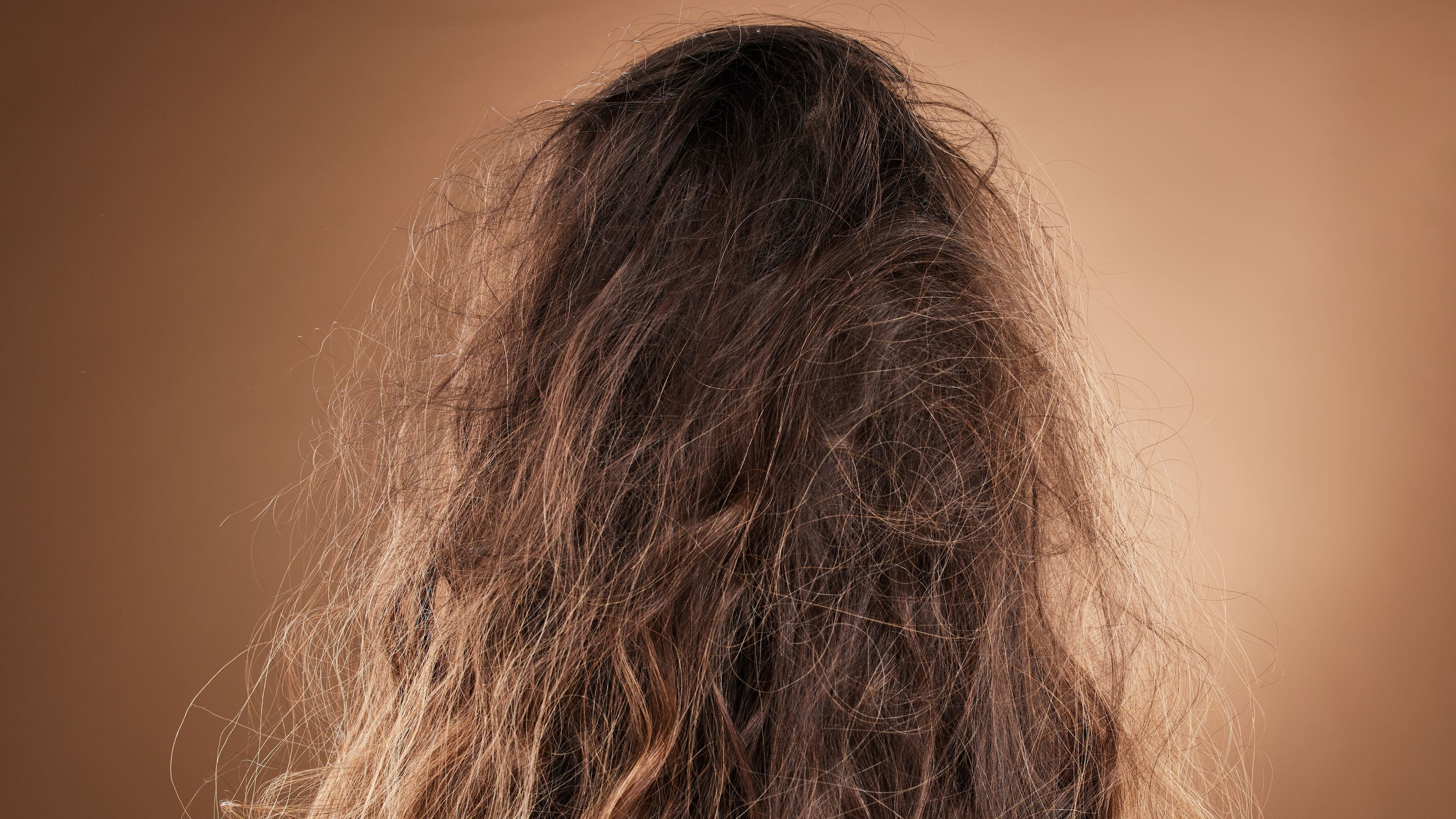
Low porosity hair refers to strands whose cuticles, the outer protective layer, lie flat and tightly bound together. Because of this structure, water and oils find it difficult to penetrate the hair shaft. You'll often notice that products tend to sit on top of your hair rather than being absorbed, and it can take ages for your hair to dry after a wash. While low porosity hair is naturally strong and less prone to damage, it requires extra care to ensure it stays hydrated. That's where using the best oils for low porosity hair can make all the difference.
02Benefits of Using Oils for Low Porosity Hair
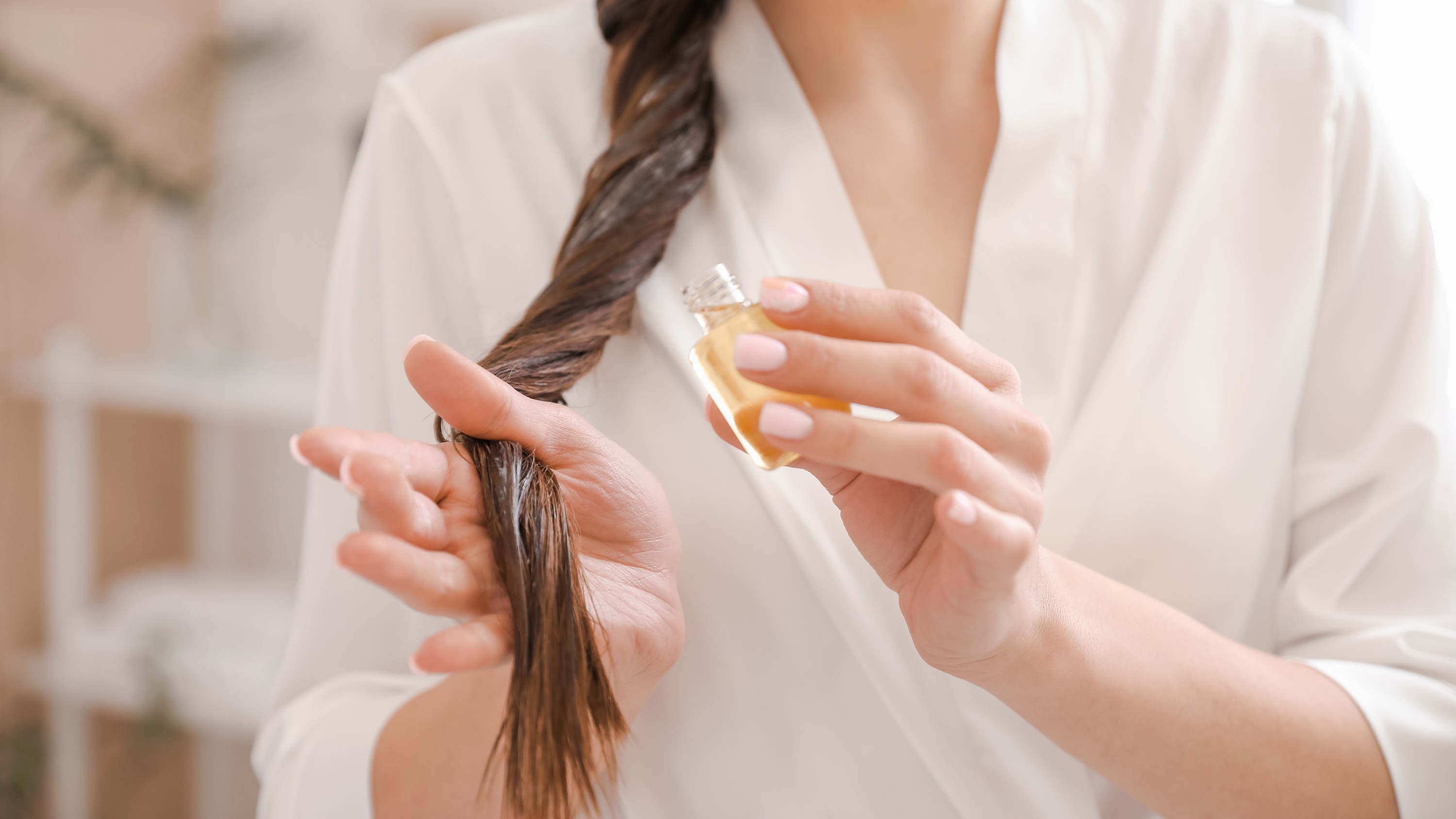
- Locks in Moisture: Oils form a protective barrier around the strand, preventing moisture loss and keeping hair hydrated for longer.
- Boosts Shine: Low porosity hair often looks dull due to closed cuticles; lightweight oils add a natural gloss without weighing it down.
- Reduces Frizz: By smoothing the hair's surface, oils help tame flyaways and frizz.
- Strengthens Hair: Oils rich in fatty acids nourish the scalp and fortify hair strands, reducing breakage.
- Improves Manageability: Regular oiling makes detangling easier and helps hair feel smoother and softer.
03Best Oils for Low Porosity Hair
1. Castor Oil for Low Porosity Hair -
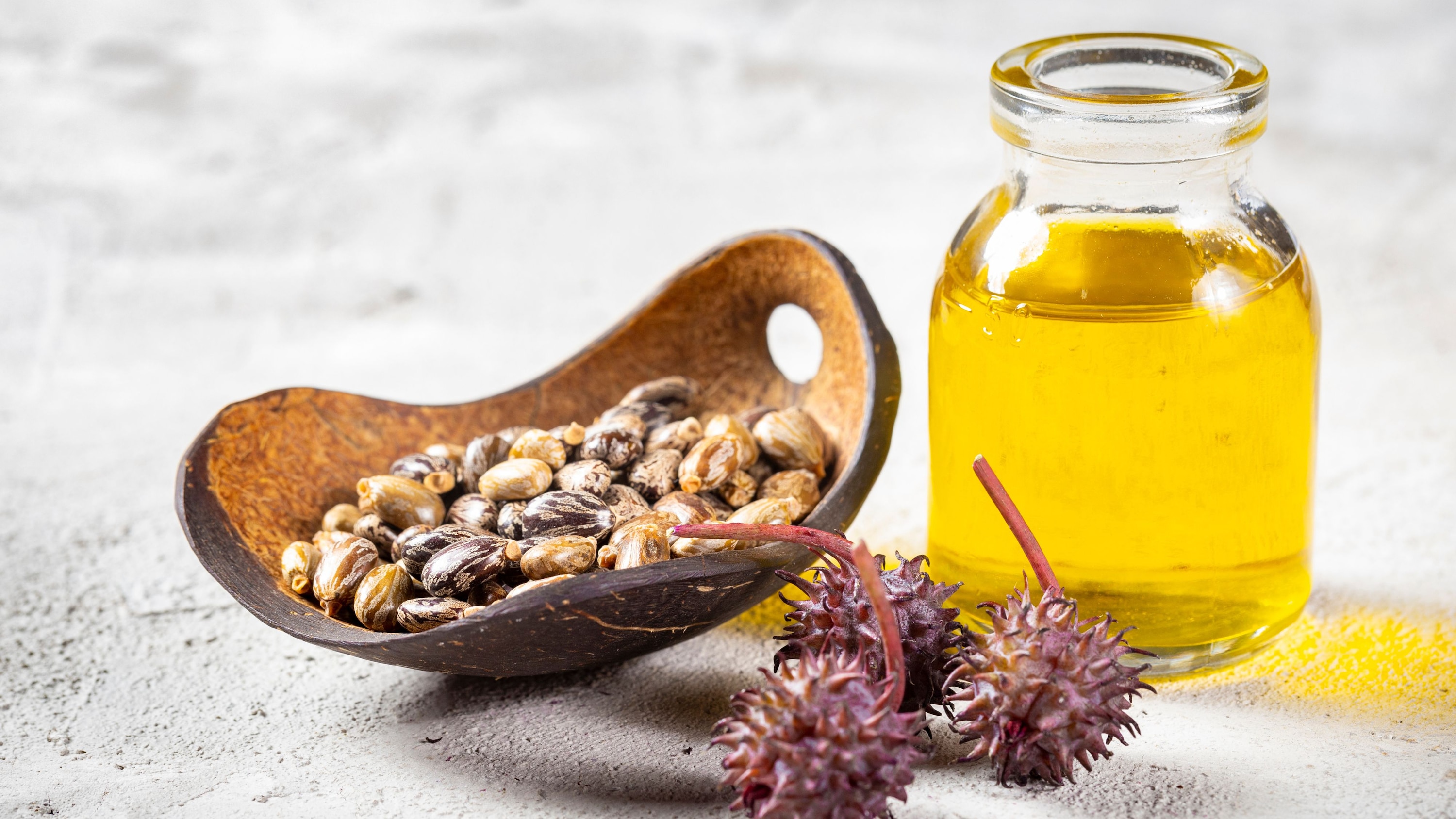
Castor oil is thick, nutrient-rich, and packed with ricinoleic acid, a compound known for promoting hair growth and scalp health. While it's heavier than most oils, when used correctly, it helps strengthen strands and lock in deep moisture.
How to Use: Mix a few drops of castor oil with a lighter oil (like grapeseed or argan) to reduce its thickness. Warm it slightly before massaging into your scalp and hair lengths. Leave it on for at least 30 minutes or overnight for intense hydration, then wash off with a gentle, sulphate-free shampoo for stronger, nourished strands.
Why It Works: It's excellent for sealing moisture and adding density to fine or thinning hair.
2. Avocado Oil for Low Porosity Hair -
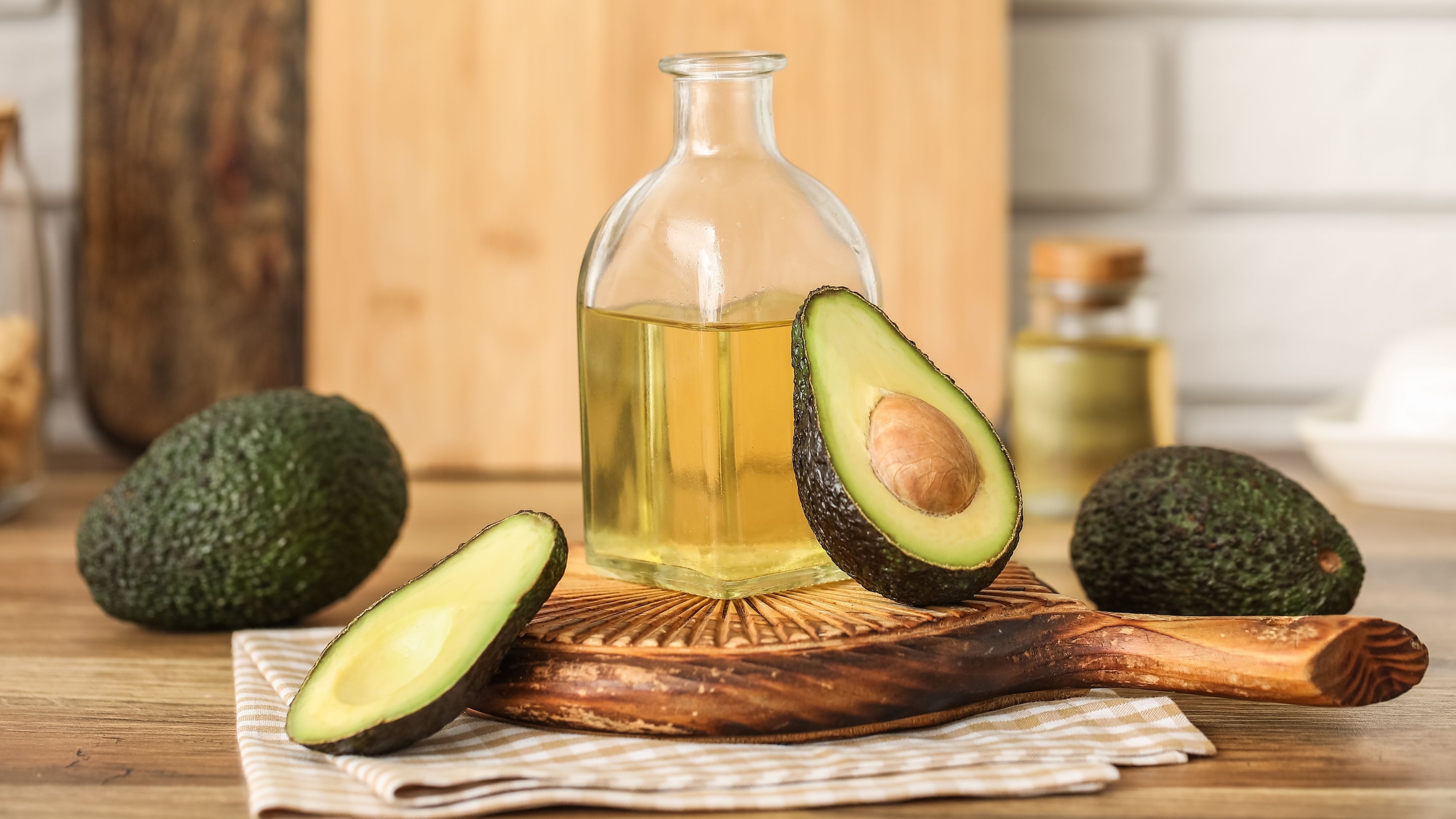
Avocado oil is a game-changer for low porosity hair. It's lightweight yet loaded with vitamins A, D, and E, and omega fatty acids that deeply nourish the strands without sitting heavily on the scalp.
How to Use: Apply avocado oil to damp hair before heat styling or as a pre-shampoo treatment. You can also mix a few drops into your conditioner for extra softness.
Why It Works: Its smaller molecules penetrate the hair shaft more easily, providing hydration and shine without greasiness.
3. Grapeseed Oil for Low Porosity Hair
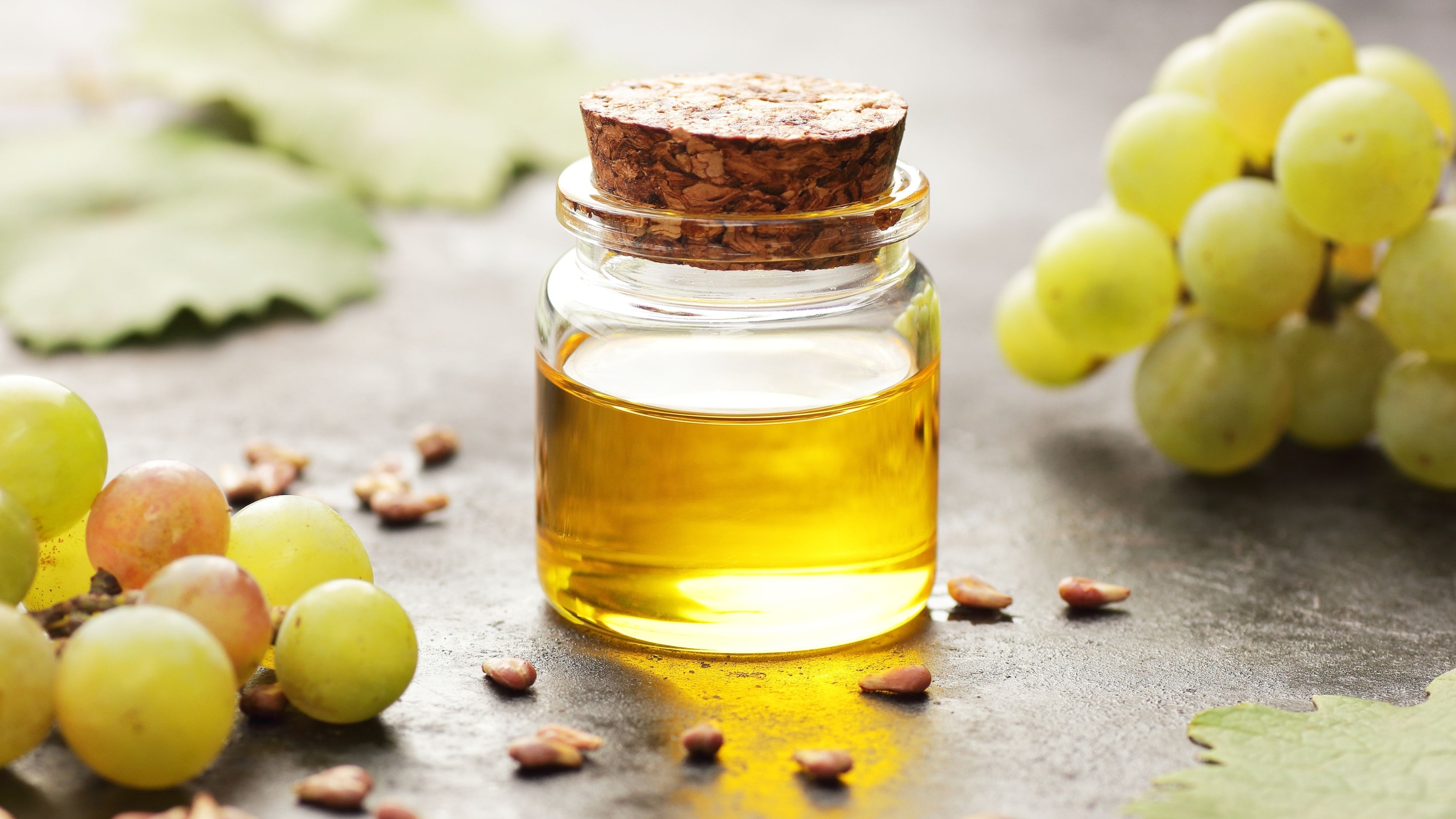
If your hair gets greasy quickly, grapeseed oil is your best friend. It's one of the lightest oils for low porosity hair and is rich in linoleic acid, which strengthens hair and improves elasticity.
How to Use: Warm a few drops between your palms and smooth over damp hair ends. It's also great as a finishing oil to tame frizz.
Why It Works: It absorbs quickly, adds softness, and enhances shine — all without weighing hair down.
4. Argan Oil -
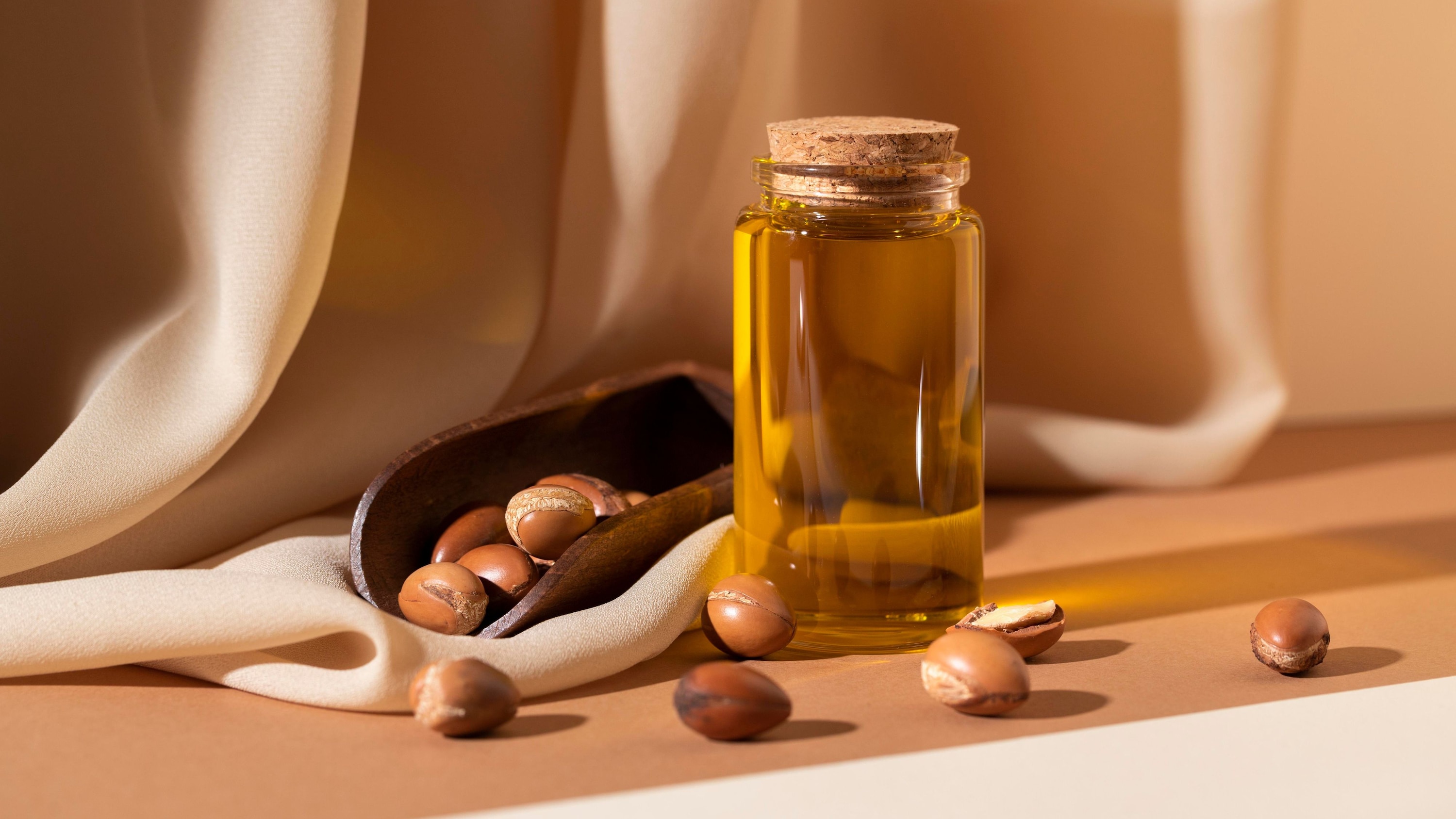
Argan oil, often called "liquid gold," is perfect for low porosity hair that needs nourishment without heaviness. Packed with vitamin E and antioxidants, it repairs damage, smooths frizz, and boosts shine.
How to Use: Work 2–3 drops through towel-dried hair, focusing on mid-lengths and ends. It can also double up as a leave-in serum.
Why It Works: It helps create that glossy, salon-smooth finish while protecting against heat and pollution.
5. Indulekha Hair Oil -
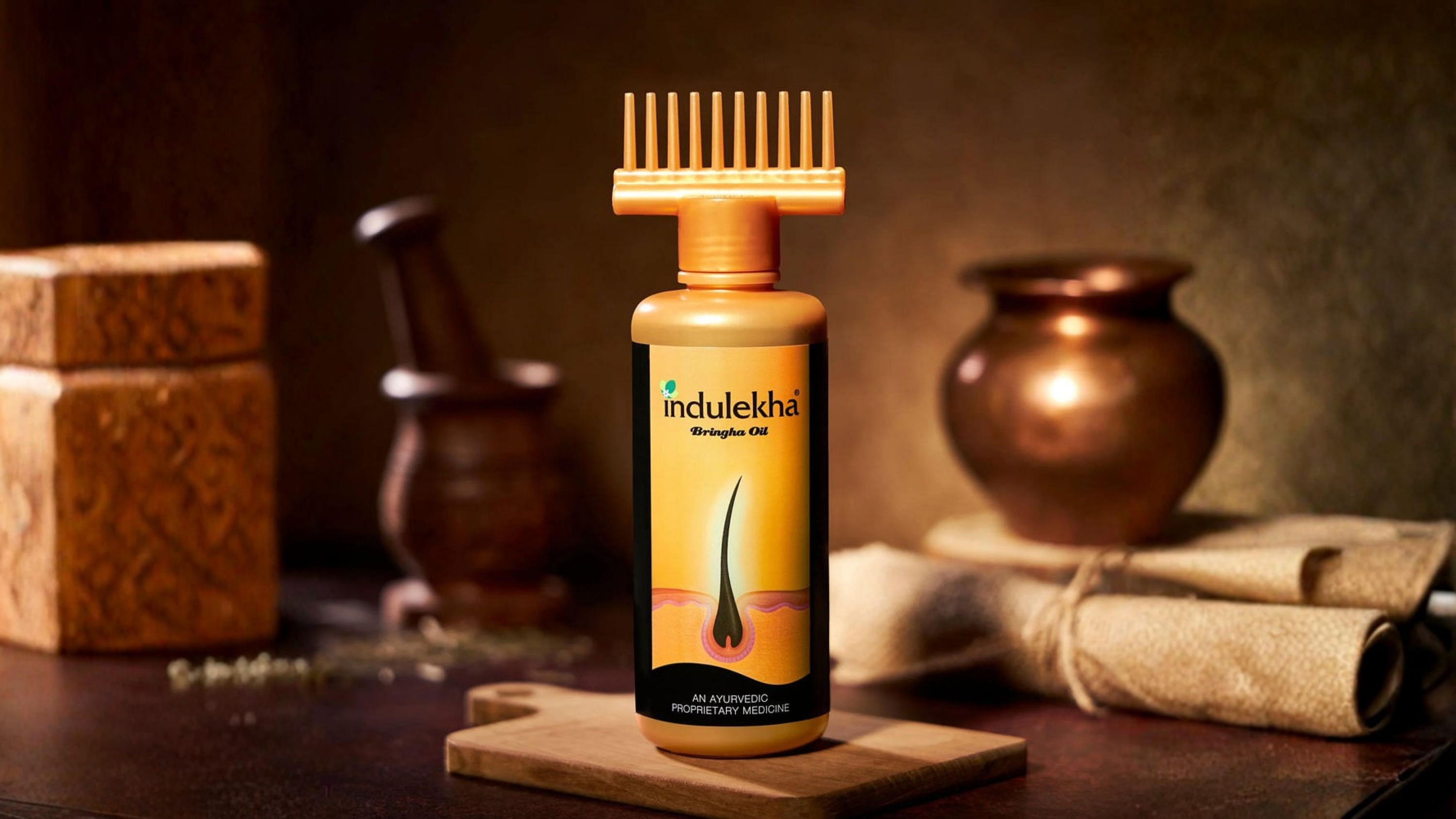
Blending Ayurvedic herbs and natural oils, Indulekha Hair Oil is ideal for low porosity hair that struggles with scalp health and hair fall. It's infused with bhringraj, amla, and coconut oil to stimulate the roots and nourish the scalp — key for stronger, more resilient strands.
How to Use: Use the comb applicator to evenly distribute the oil onto your scalp. Massage gently, leave it on for at least an hour, and rinse off with a mild shampoo.
Why It Works: It's lightweight, herbal, and perfectly suited for Indian hair types that face humidity and pollution damage.
04How to Choose the Right Oil for Your Hair
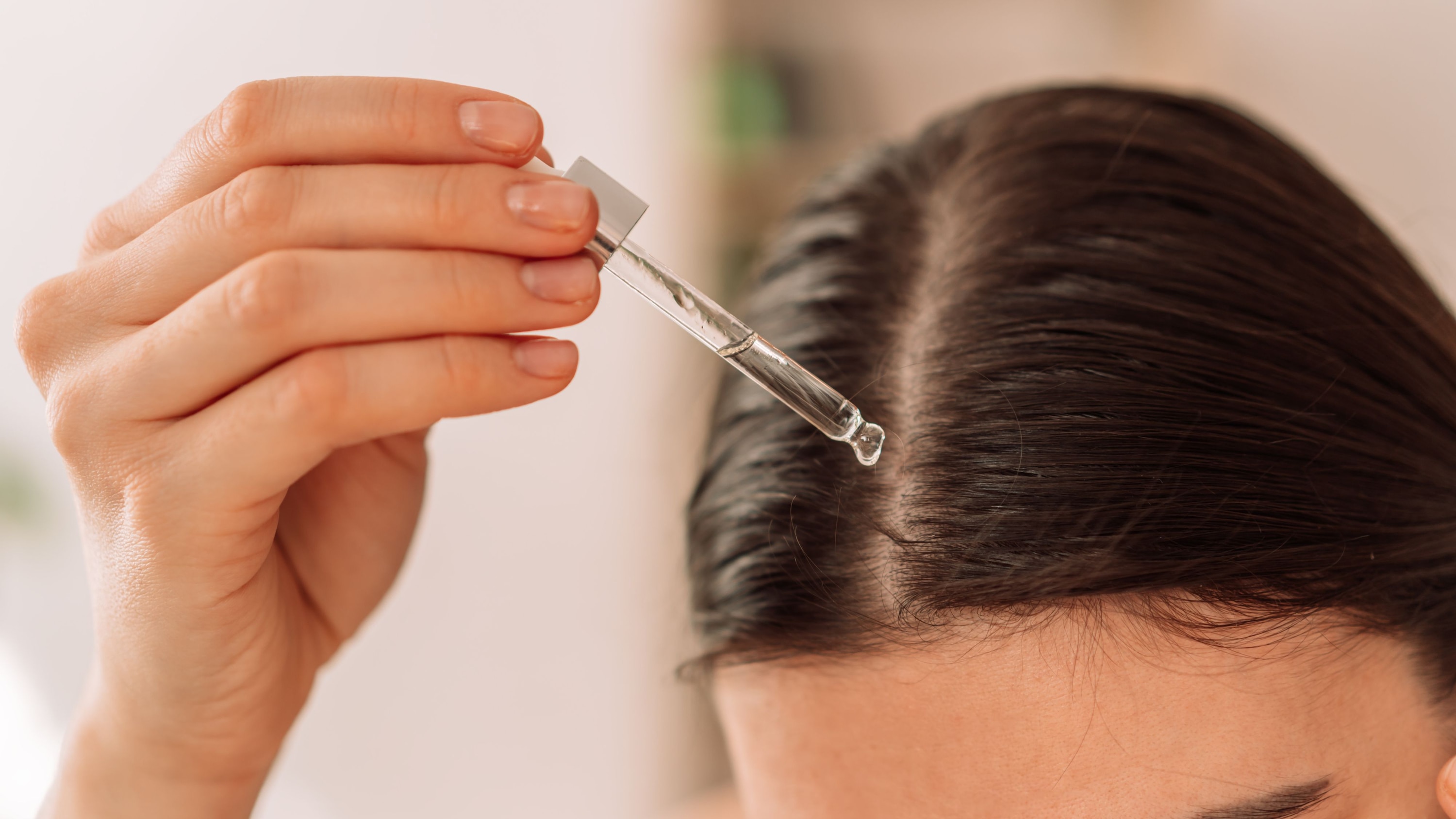
Selecting the best oil for low porosity hair depends on your hair type, scalp condition, and how your strands react to different oil textures. Here's a quick guide to help you pick the perfect oil based on these factors:
| Hair Type/Scalp Need | Recommended Oil(s) | Oil Weight & Benefits |
|---|---|---|
| Fine Hair / Easily Greasy | Grapeseed Oil, Argan Oil | Lightweight oils that absorb quickly without leaving residue or heaviness. Ideal for fine strands. |
| Thick, Coarse Hair | Castor Oil, Avocado Oil | Rich, heavier oils that deeply nourish and moisturize thicker strands. |
| Dry Scalp | Indulekha Hair Oil | Ayurvedic blend that strengthens roots and improves scalp health. |
| Oily Scalp | Grapeseed Oil | Helps balance sebum production while keeping hair light and fresh. |
| Frizz-Prone Hair | Argan Oil, Avocado Oil | Smooths hair cuticles, reduces frizz, and adds shine without weighing hair down. |
05How to Apply Oils on Low Porosity Hair
- Start with Clean Hair
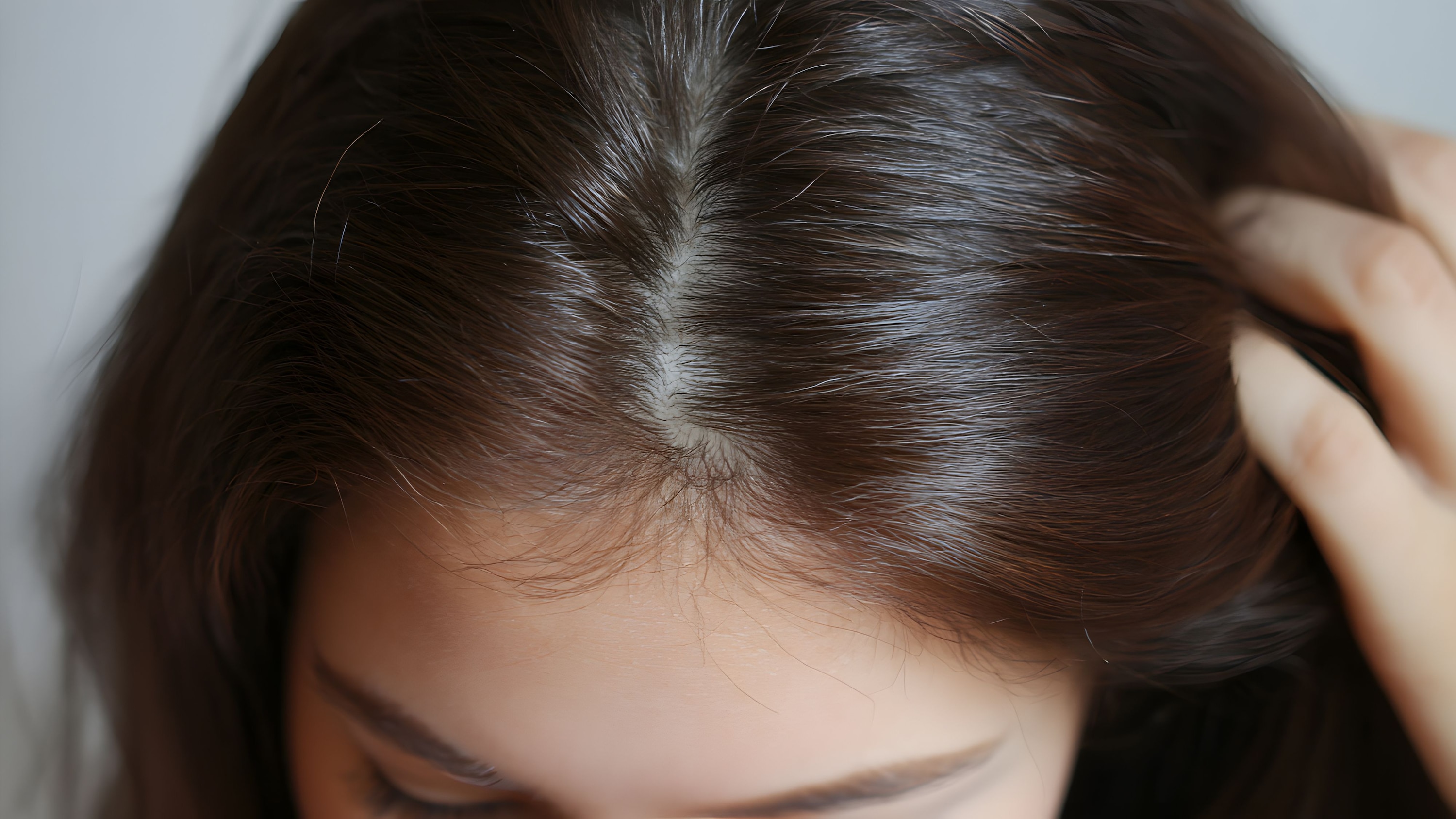
Oils penetrate better on clean, slightly damp hair.
- Warm the Oil:
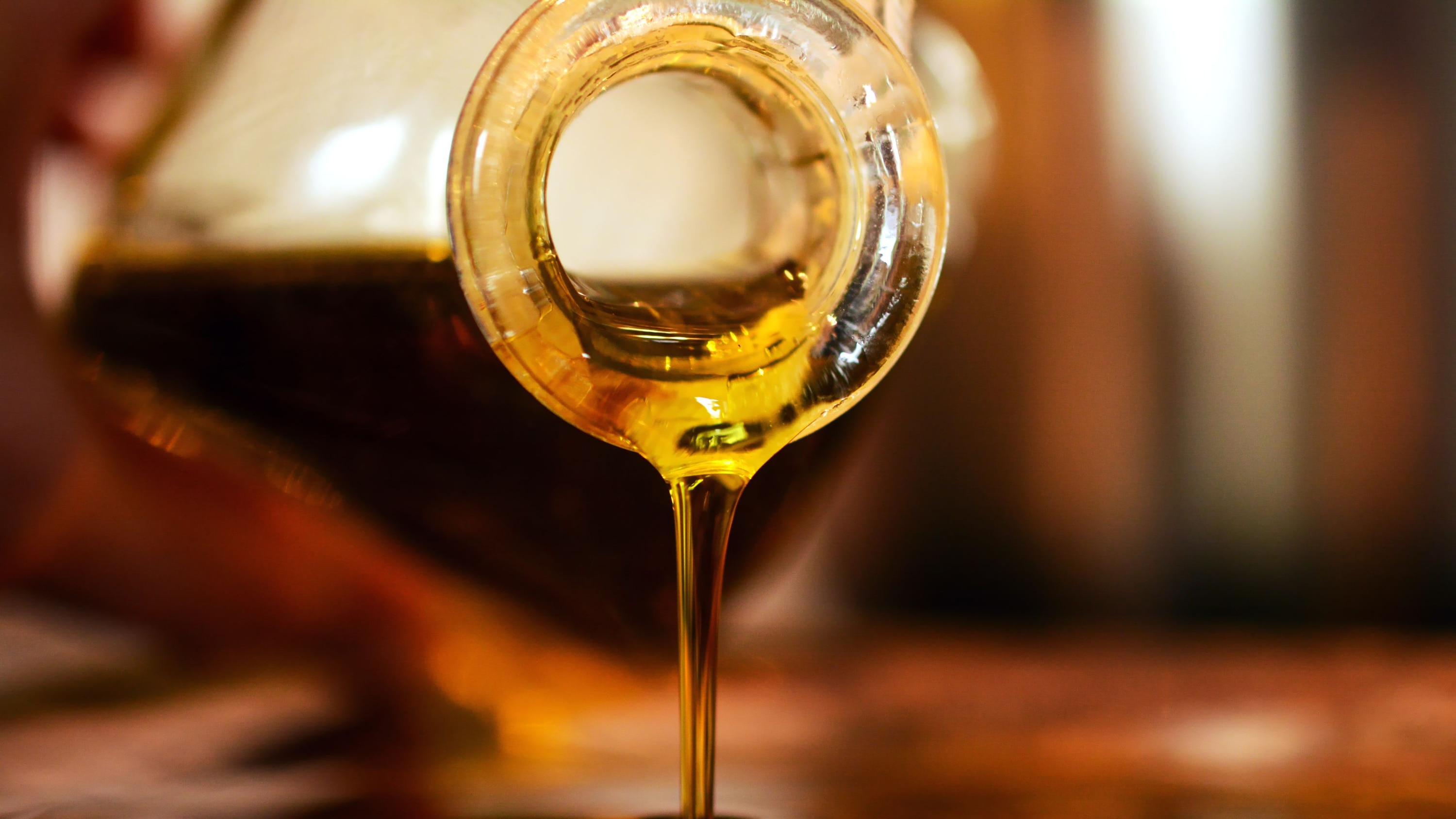
Heat your chosen oil slightly to help open up the cuticles for better absorption.
- Massage Gently:
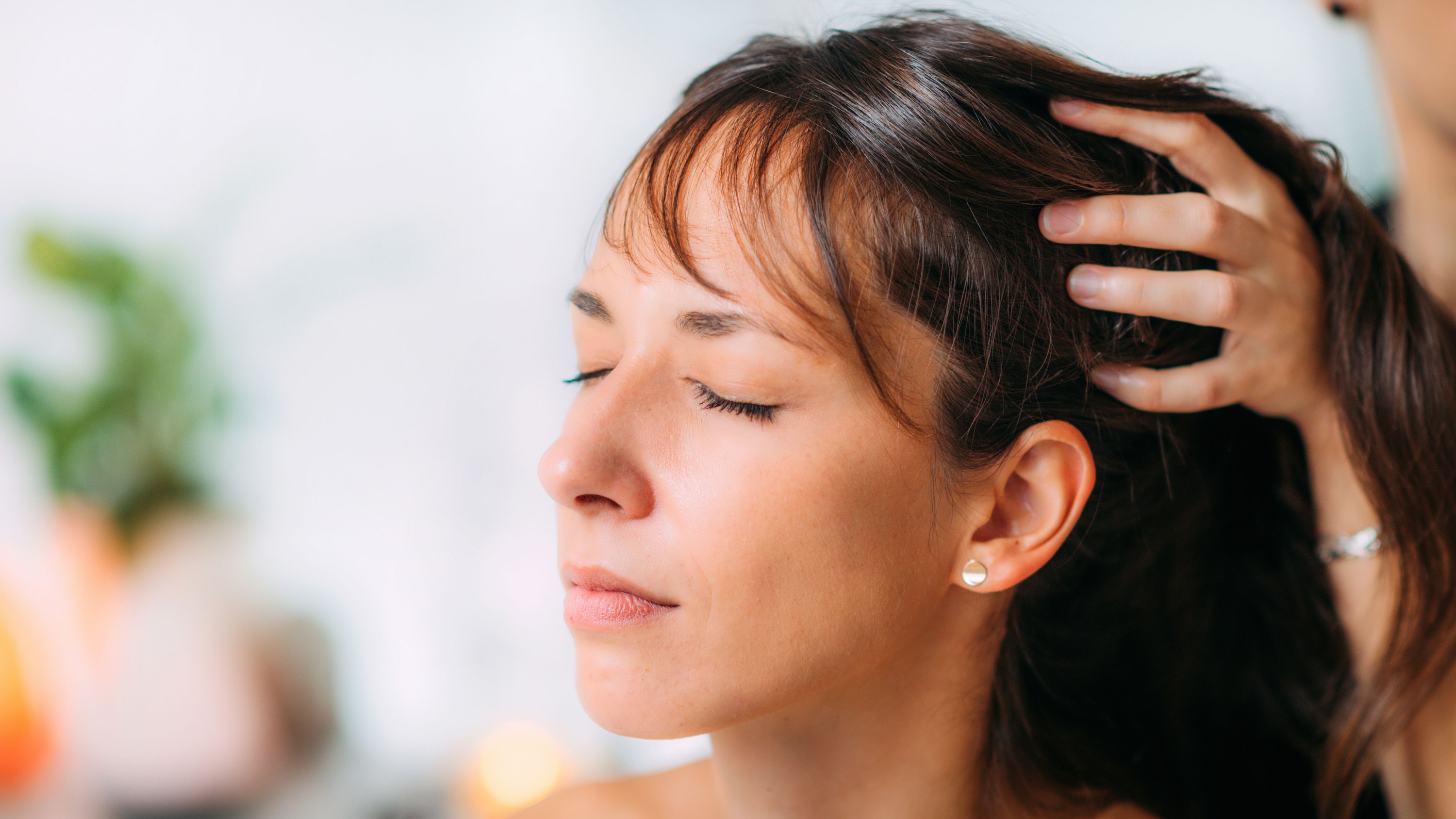
Apply to scalp and work through to the ends using your fingertips.
- Use Steam or Heat:
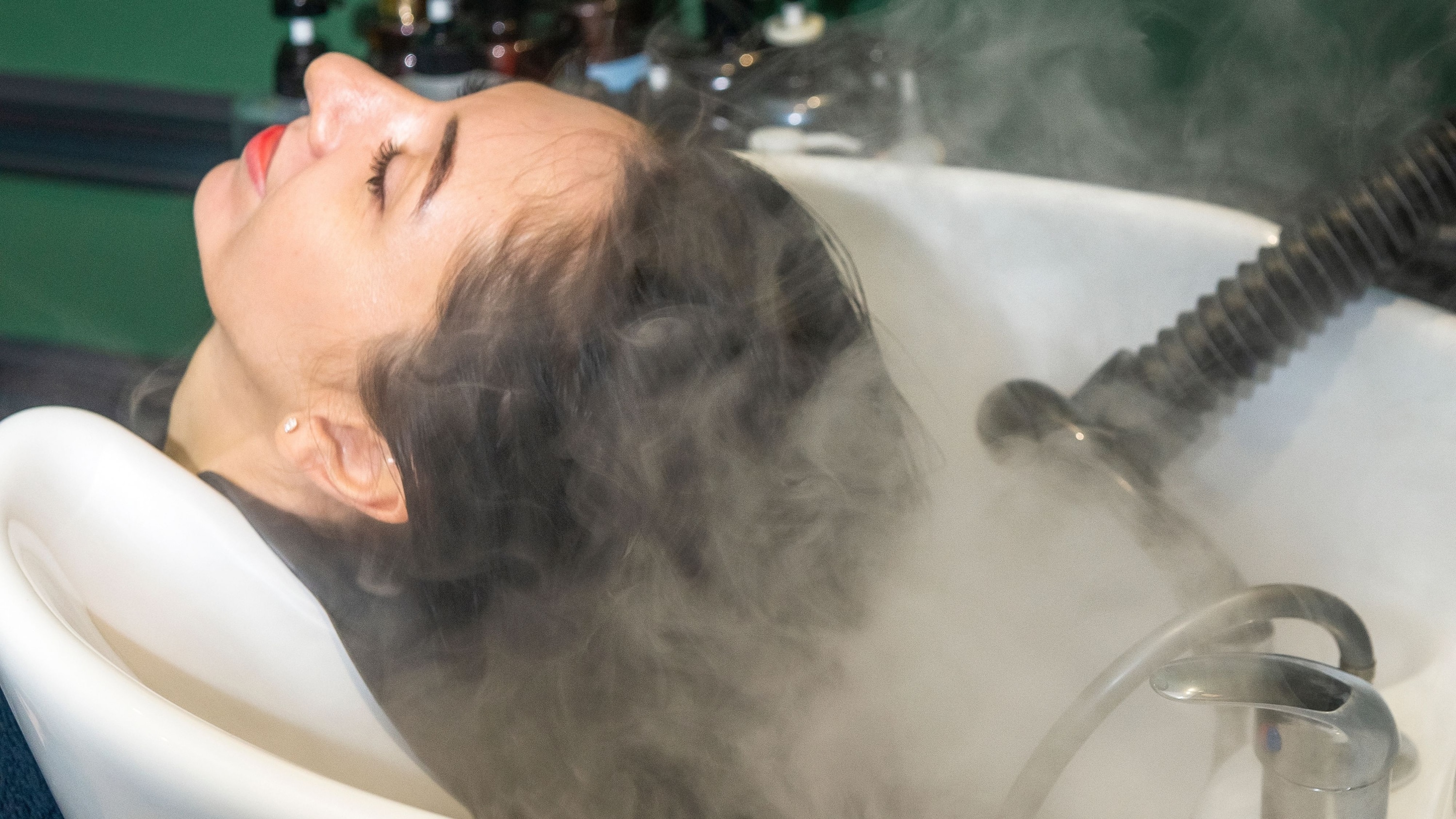
Cover your hair with a warm towel for 15–20 minutes to help the oil sink in.
- Rinse Well:
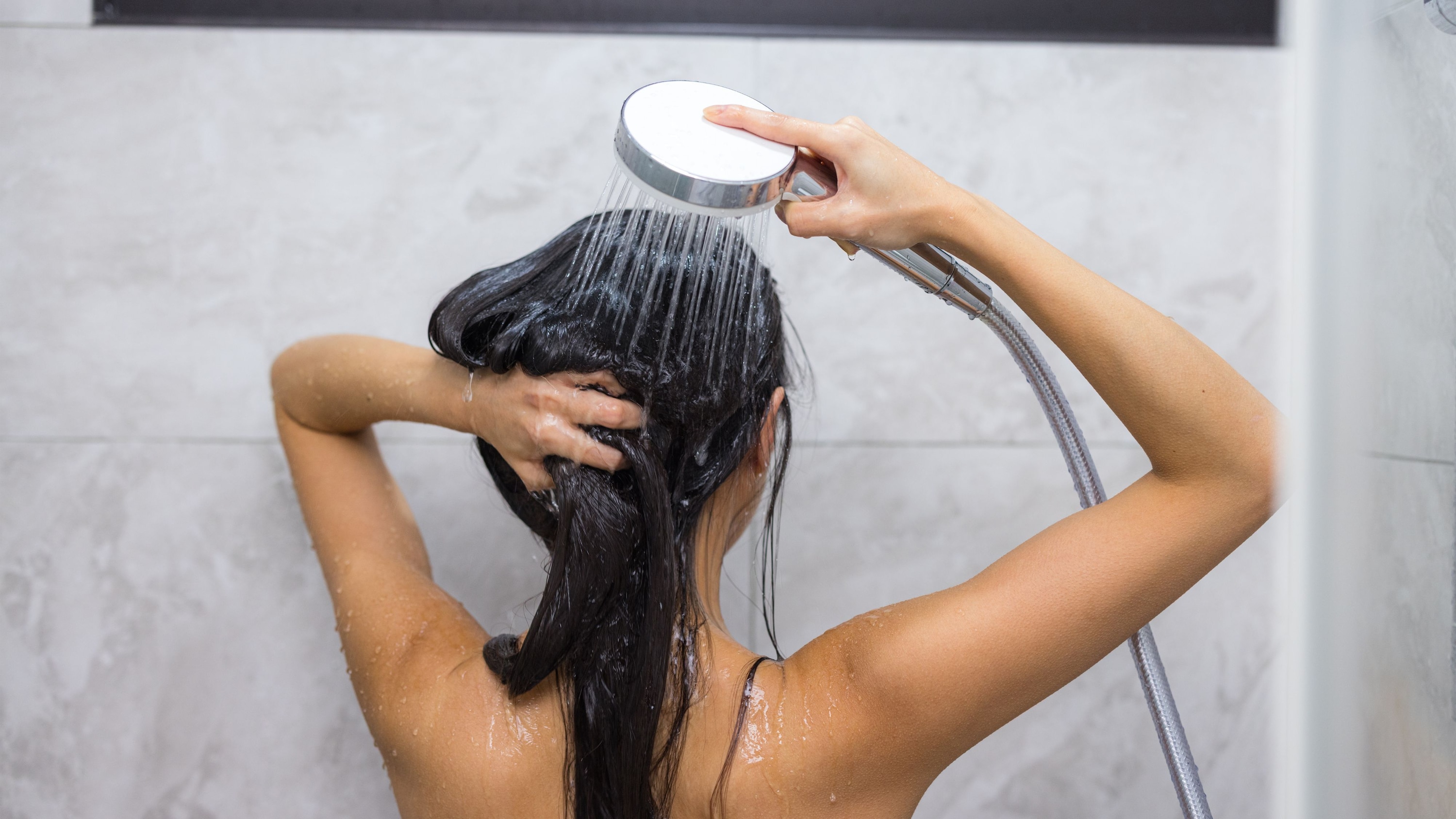
Use a gentle, sulphate-free shampoo to cleanse without stripping moisture.
Expert Tip: Mix lighter and heavier oils for a balanced blend — for example, avocado + grapeseed or castor + argan.
06Quick Tips & Common Mistakes to Avoid
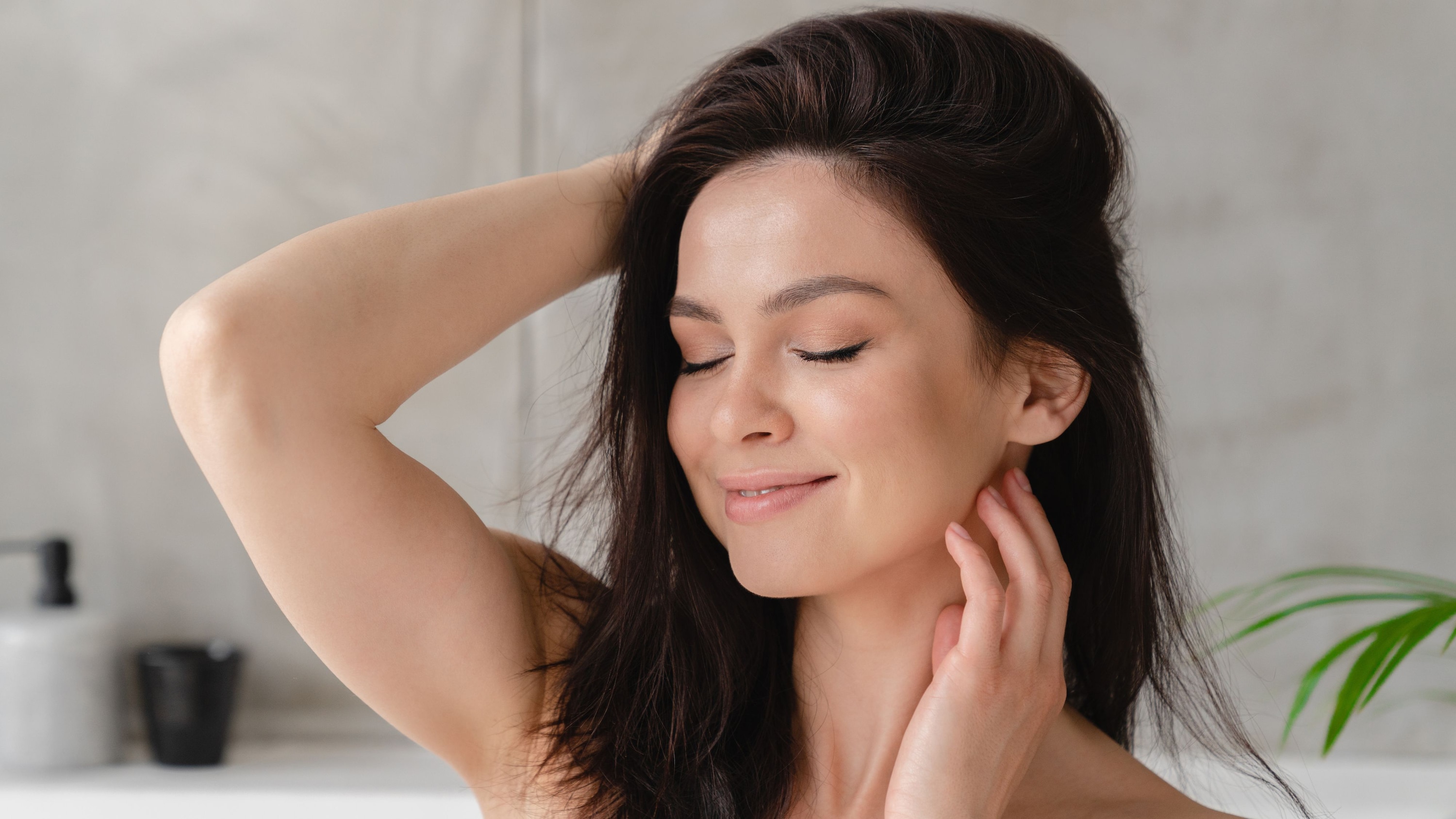
- Avoid applying too much oil — a few drops are enough for most hair types.
- Don't skip shampooing; residue can block moisture and make hair greasy.
- Heat helps oils absorb better, so try steaming your hair post-application.
- Be consistent — oiling once or twice a week yields the best results.
Caring for low porosity hair is all about working with your hair's natural structure, not against it. The right oils — from castor oil for low porosity hair to lightweight options like grapeseed oil — can help your strands retain moisture, stay shiny, and feel silky smooth. Whether you go herbal or stick to lighter alternatives, the trick is consistency and balance. Once you find the right combination, your hair will thank you with strength, softness, and shine.
07FAQs
1. How often should I oil low porosity hair?
Once or twice a week is ideal. Over-oiling can lead to buildup.
2. Which oils should I avoid for low porosity hair?
Heavy oils like coconut may not absorb well — go for lighter alternatives like grapeseed or argan oil.
3. Can I leave oil overnight?
Yes, but make sure to wash it out properly the next morning to avoid residue.
4. Does steaming help with oil absorption?
Absolutely — heat helps open cuticles, allowing oils to penetrate deeper.

